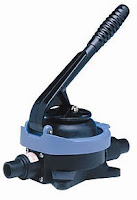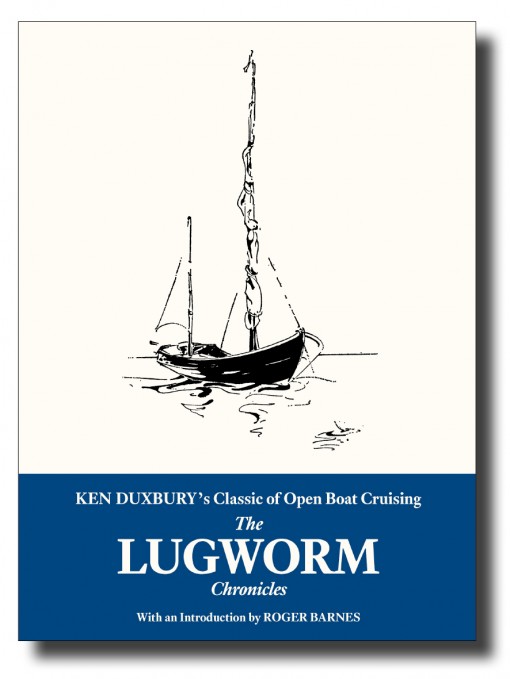I really should have photos on this, but I was up to my bits in... well little bits.
My Suzi DF 2.5 was quite unwell. She has only run for a bit, but she's spent 2 winters sitting in the shed. At first I could not even turn her over, but (with the kill cord removed) I spun the prop and then pulled the starter, rinse repeat until things freed up. I guess it just took a while to get oil all around it.
Then whoopee, she started.
But only with full choke, any attempt to touch the throttle, or take off the choke killed her dead.
Googling arrived at the realisation that the carb was probably gunk city. So a quick look at youtube and
this video amongst many gave me a place to start.
One €10 can of carb cleaner, and a couple of aluminium foil trays to put the bits in, a set of socket spanners, and a few screwdrivers (including some quiet small ones for the jets) and it was time to open things up. (Nitrile gloves are good too, carb cleaner fluid is pretty harsh.)
There was less gunk than I expected, and I was starting to loose faith that this simple cleaning would make any difference, until I started on the jets. Remove and clean them one at a time, then you don't have to figure out which one goes back where!
The two main jets were fine, but the pilot jet was clearly not. It's hidden away under a screw - how does anything get in or out? Clearly something does. The pilot jet was completely blocked. No light at all. I left it sitting in carb cleaner while I had lunch, then gently poked it with a very fine needle. Eureka. I saw the light.
Then the "put it back together game". As I disassembled it, I'd "looked back" to see how it would go back together. Pictures might have helped, but for the DF2.5 it's not that complicated.
Moment of truth, Choke, Pull, she lives.
Kill the choke, she dies. Oops, not enough throttle. Try again.
Choke, Pull, alive.
Some throttle, kill the choke, she's still running,
I wound the throttle in and out, and she revved up and down, Just Peachy.
I'm not sure what that would have cost me at the local Suzi Marine supplier, but it would have been a trip out, and another trip to collect, and I can't imagine getting away with less than €75?
But now I know a little more about engines. I suspect that this will be an annual event given how tiny the pilot jet is. Pictures next time....
How a Carb works...











